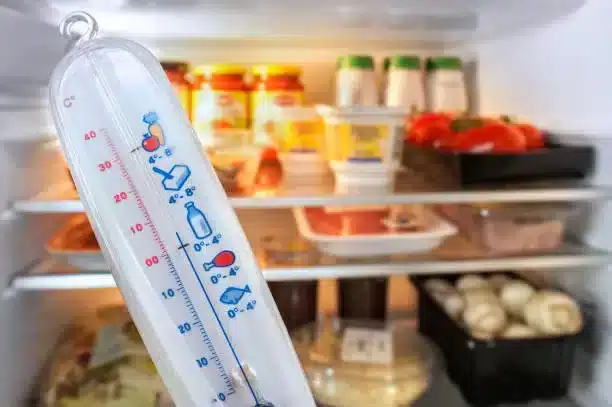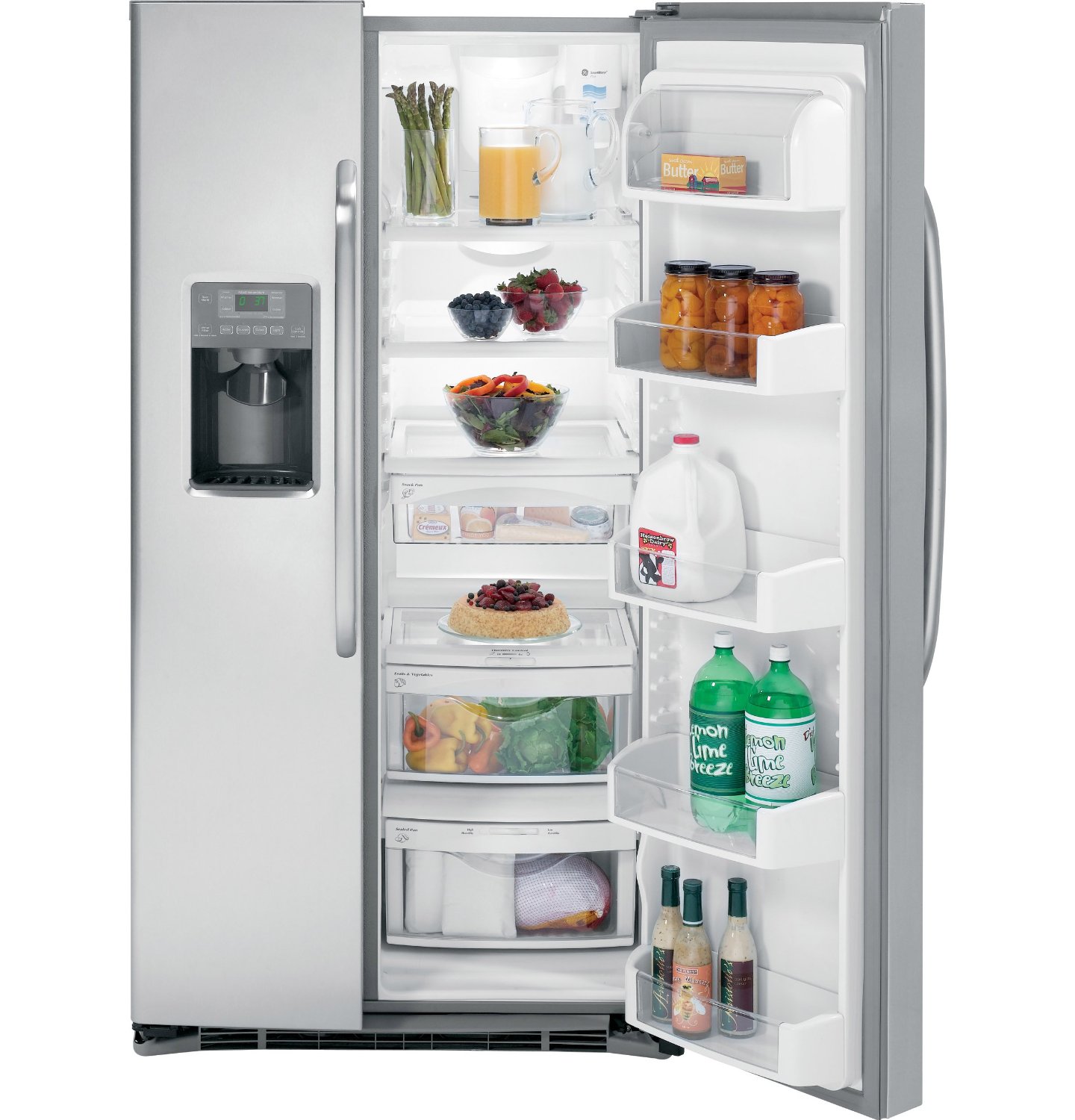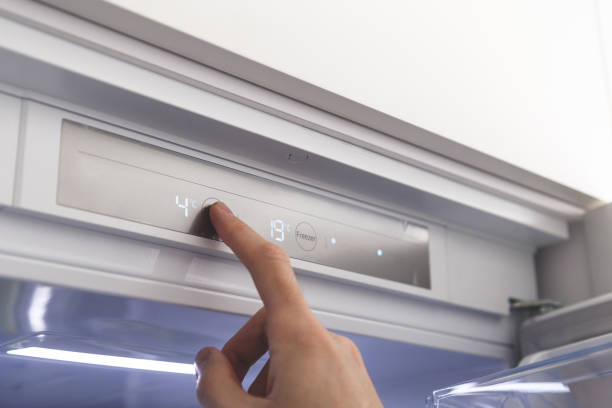
If you have a GE freezer, you may be wondering what the temperature settings (1-7) mean and how to use them. How cold is each setting? How do you adjust the temperature? How do you know if the temperature is right for your food?
In this post, we’ll explain what the GE freezer temperature settings (1-7) mean and how to use them. We’ll also share some tips on how to keep your freezer at the optimal temperature and prevent food spoilage.
The GE freezer temperature settings (1-7) are a scale that indicates how cold the freezer is. The higher the number, the colder the temperature. The recommended setting for most freezers is 3, which corresponds to 0°F or below.
GE freezer temperature settings (1-7) are a scale that indicates how cold the freezer is. The scale ranges from 1 (warmest) to 7 (coldest), with half steps in between. Each setting has a corresponding temperature, as shown in the table below:
| Setting | Temperature |
|---|---|
| 1 | 10°F |
| 2 | 5°F |
| 3 | 0°F |
| 4 | -5°F |
| 5 | -10°F |
| 6 | -15°F |
| 7 | -20°F |
The recommended setting for most freezers is 3, which corresponds to 0°F or below. This is the ideal temperature for keeping food frozen and safe for a long time. However, you may need to adjust the setting depending on your preferences, the amount and type of food you store, and the ambient temperature in your kitchen.
To adjust the temperature setting, you can use the control knob or dial inside your freezer. Turn the knob or dial clockwise to increase the temperature (make it colder), or counterclockwise to decrease the temperature (make it warmer). You can also use a digital display or touchpad if your freezer has one.
To check the actual temperature inside your freezer, you can use a thermometer and place it in a glass of water in the center of your freezer. Leave it there for at least 24 hours and then read the temperature. Compare it with the setting on your control knob or dial and adjust it if necessary.

Keeping your freezer at the optimal temperature is important for preserving the quality and safety of your food. If your freezer is too warm, your food may thaw and spoil. If your freezer is too cold, your food may develop freezer burn or lose its flavor and texture.
To keep your freezer at the optimal temperature and prevent food spoilage, here are some tips that you can follow:

Q: What is the difference between GE freezer models with different temperature settings?
A: GE freezer models may have different temperature settings depending on their size, type, and features. Some models may have more or fewer settings than others, or different scales or units of measurement. You can refer to your user manual or contact the manufacturer for more information on your specific model.
Q: How do I reset my GE freezer temperature settings?
A: To reset your GE freezer temperature settings, you can unplug your freezer for a few minutes and then plug it back in. This will reset the control panel and clear any errors or glitches. You can then adjust the temperature settings according to your preferences.
Q: How do I troubleshoot my GE freezer if it is not cooling properly or making loud noises?
A: If your GE freezer is not cooling properly or making loud noises, you may need to troubleshoot it to find out what is causing the problem. Some of the common causes are:
To troubleshoot your GE freezer, you can check these components and see if they are working properly. You can also refer to your user manual or contact the manufacturer for more guidance. If you need professional help, you can call a qualified technician to inspect and repair your freezer.
GE freezer temperature settings (1-7) are a scale that indicates how cold the freezer is. The higher the number, the colder the temperature. The recommended setting for most freezers is 3, which corresponds to 0°F or below. However, you may need to adjust the setting depending on your preferences, the amount and type of food you store, and the ambient temperature in your kitchen.
